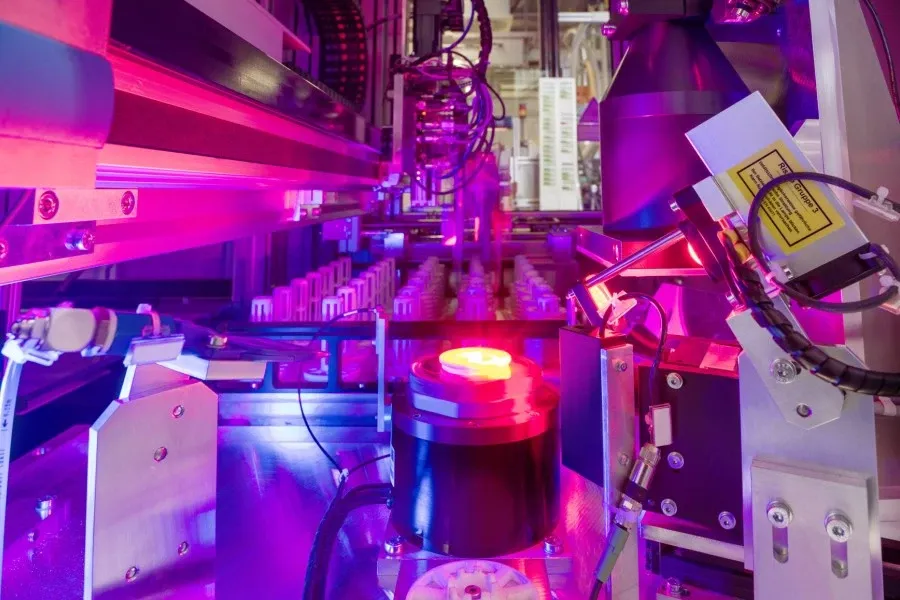Qualcomm Announces Snapdragon 8 Gen 5 Platform
Qualcomm added its latest smartphone platform to its premium-tier Snapdragon range.

Together with the Karlsruhe Institute of Technology (KIT) and BASF, Bosch has successfully produced the first-ever 3D-printed microreactor made of technical ceramics. Microreactors are devices for housing chemical reactions. In terms of heat, stability, and corrosion, few materials can withstand the extreme conditions caused by high-temperature chemical reactions.
“To control and monitor a chemical reaction, a reactor needs to have hardness, heat resistance, and complex structures inside,“ says Klaus Prosiegel, sales manager at the Bosch startup Advanced Ceramics, based in southern Germany. “3D-printed technical ceramics bring these excellent properties to the table.“
The market research company Data Bridge forecasts that the global market for technical ceramics will be worth around 16 billion euros by 2029. This versatile material is in demand in a wide range of industries. Bosch Advanced Ceramics was well aware that technical ceramics are also very well suited for chemical reactions. “The challenge, however, was to find a process that was capable of producing the complex structures inside a ceramic reactor,“ Prosiegel says. To solve this task, the startup’s ten-strong team combined the company’s two core competencies: technical ceramics and 3D printing. "We’ve successfully employed 3D printing to produce ceramic components that can’t be made by conventional means,“ he said.
BASF is now using this microreactor in basic research since it allows for monitoring chemical reactions under ideal temperature conditions. Furthermore, it requires fewer raw materials and less energy than large reactors. Experts can analyze these small-scale results and extrapolate them for large-scale implementation. “This is just like a chef trying out a new recipe on a small scale first before putting the dish on the menu,“ Prosiegel says.
That is why the next step is to print 10 to 20 more reactors with the same design for BASF. Because of the conceivable further potential applications for technical ceramics in the chemicals sector, Prosiegel sees a bright future ahead: “After all, almost every laboratory crucible is made of technical ceramics,“ concluded Prosiegel. It will be a while before he and his colleagues run out of work.